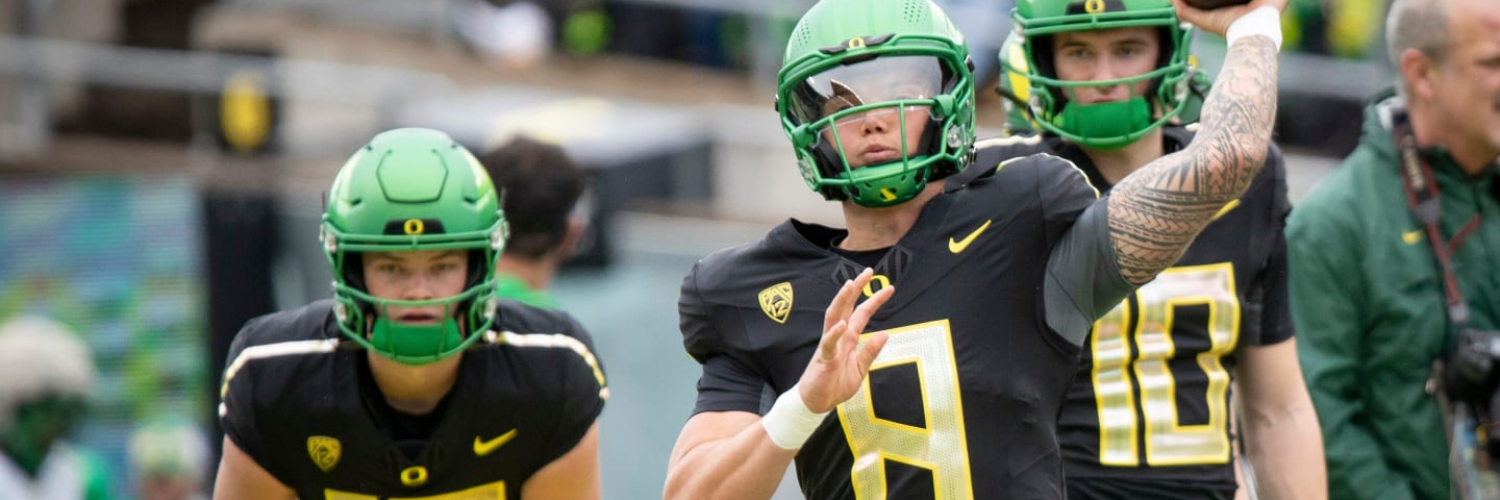Top Donations in College Sports: Who are the Most Generous Athletic Boosters
Have you ever wondered who’s behind the big money in college sports? Let’s talk about athletic boosters and how their donations are shaping the world of college athletics.
What Are Athletic Boosters?
Athletic boosters are people who support college sports teams through donations of money and time. They’re often called “representatives of the institution’s athletic interests” by the NCAA. Boosters can be anyone who:
- Buys season tickets
- Joins organizations that promote university athletics
- Gives money to the athletic department
- Helps find jobs for student-athletes
- Assists in recruiting new athletes
- Provides benefits to student-athletes or their families
Once someone becomes a booster, they’re always considered a booster by the NCAA.
The Role of Boosters in College Athletics
Boosters play a big part in helping college athletes succeed both on and off the field. They provide financial support that helps pay for things like:
- New facilities
- Equipment
- Scholarships
- Coaching salaries
Their donations are a major source of funding for athletic departments. In fact, from 2018 to 2022, donations to public college athletic departments went up by 20%.
Which Schools Have the Richest Boosters: Biggest Individual Donors
- Phil Knight, the founder of Nike, has given more than $1 billion to the University of Oregon over the past two decades.
- At Oklahoma State, the late T. Boone Pickens’ foundation recently gave a $120 million gift.
- At Florida, Gary Condron has given more than $22.5 million to the Gators over the years.
List of College Athletic Booster Donors
It’s interesting to note that 7 out of the top 10 schools are in the Southeastern Conference (SEC). This shows how dominant the SEC is when it comes to athletic donations.
Now, let’s look at which schools have received the most money from boosters. Here’s a list of the top 10 schools and how much they’ve received in donations from 2005 to 2022:
- Oregon Ducks: $969 million
- Texas A&M Aggies: $849 million
- Texas Longhorns: $766 million
- Florida Gators: $763 million
- Georgia Bulldogs: $716 million
- Oklahoma State Cowboys: $670 million
- LSU Tigers: $618 million
- Oklahoma Sooners: $597 million
- Auburn Tigers: $580 million
- Florida State Seminoles: $540 million
- Ohio State Buckeyes: $536 million
- Alabama Crimson Tide: $528 million
- Virginia Cavaliers: $516 million
- Tennessee Volunteers: $500 million
- Michigan Wolverines: $493 million
- Iowa Hawkeyes: $477 million
- Clemson Tigers: $476 million
- South Carolina Gamecocks: $466 million
- Kansas JayHawks: $459 million
- Louisville Cardinals: $450 million
- Michigan State Spartans: $439 million
- Washington Huskies: $402 million
- Texas Tech Red Raiders: $396 million
- Wisconsin Badgers: $389 million
- Penn State Nittany Lions: $386 million
- Illinois Fighting Illini: $373 million
- West Virginia Mountaineers: $354 million
- Indiana Hoosiers: $351 million
- Arizona Wildcats: $346 million
- North Carolina Tar Heels: $344 million
- Mizzou Tigers: $344 million
- Arkansas Razorbacks: $324 million
- Kansas State Wildcats: $324 million
- Virginia Tech Hokies: $319 million
- Ole Miss Rebels: $310 million
- Kentucky Wildcats: $302 million
- Purdue Boilermakers: $289 million
- California Golden Bears: $283 million
- Mississippi State Bulldogs; $273 million
- Arizona State Sun Devils: $265 million
- Iowa State Cyclones: $249 million
- Nebraska Cornhuskers: $236 million
- UCLA Bruins: $233 million
- Georgia Tech Yellow Jackets: $220 million
- NC State Wolfpack: $216 million
- Colorado Buffaloes: $208 million
- Oregon State Beavers: $201 million
- Minnesota Golden Gophers: $199 million
- Maryland Terrapins: $194 million
- Memphis Tigers: $170 million
The Impact of NIL on Donations
You might have heard about NIL, which stands for Name, Image, and Likeness. This new rule allows college athletes to make money from their personal brand. Some people worried that NIL might lead to fewer donations to athletic departments.
However, early data shows this isn’t the case. In fact, across 46 schools studied, the average school saw a 13% increase in donations. Some schools, like Texas A&M and North Carolina State, even saw their donations more than double!
Do Athletic Boosters Pay Coaches’ Salaries?
While boosters can’t directly pay coaches’ salaries, their donations to the athletic department can certainly help. The money they give often goes into a general fund that can be used for various expenses, including coaches’ pay.
In 2019, before the pandemic, the average salary for a college football head coach was $3.5 million per season. Top coaches, like Kirby Smart at Georgia, can make nearly four times that amount!

